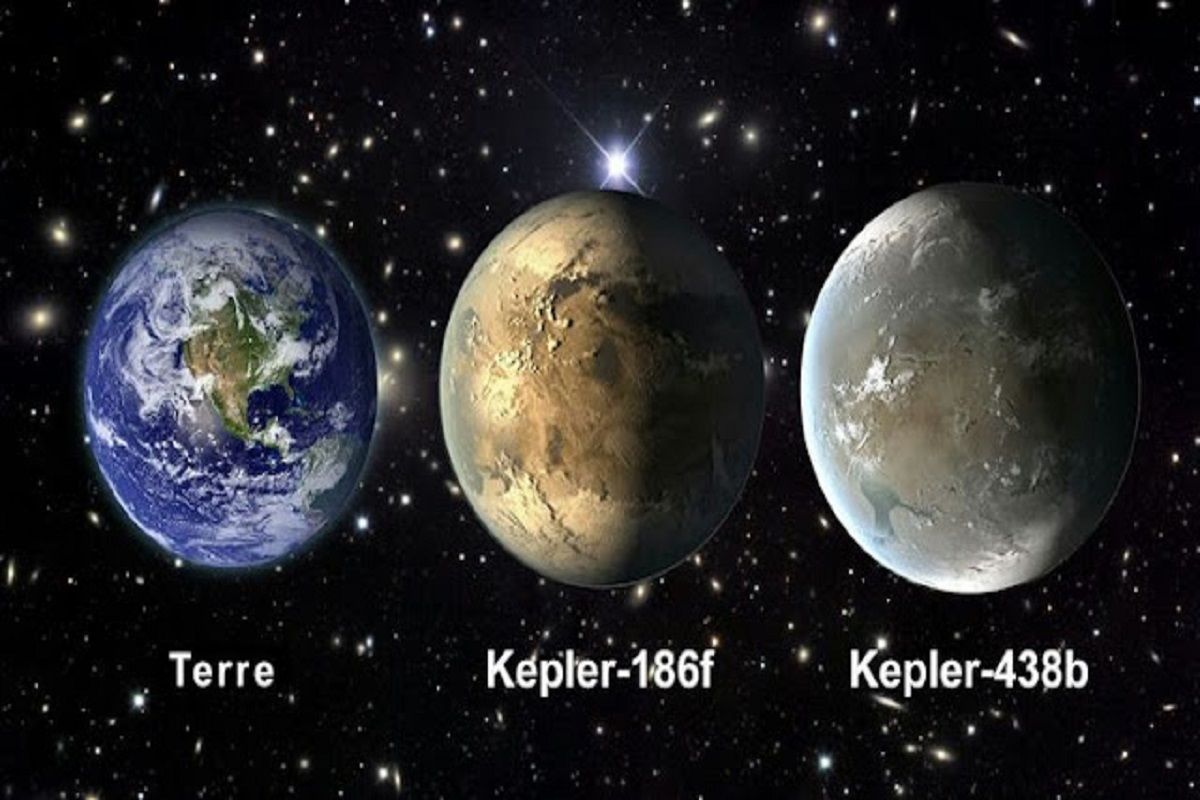Scientists have been searching for extraterrestrial life for many years, and one of the most promising places to find it is on a planet that is similar to Earth. Recently, researchers found such a planet called Kepler-438 b, which is located 470 light years away from us.

Kepler-438 b is an “earth twin” because it is only slightly larger than Earth and has a similarity index of 0.9 (out of a maximum of 1). It is located in the habitable zone of its star, which means it receives enough light and heat to have liquid water on its surface.
However, despite its similarity to Earth, Kepler-438 b may not be habitable. The planet is located near a red dwarf star called Kepler-438, which is a type of flashing star. These flashes occur every few hundred days and are 10 times more powerful than solar flares. As a result, Kepler-438 b receives a high dose of radiation, which could have led to the loss of its atmosphere and made it uninhabitable.
Scientists believe that if Kepler-438 b has a strong magnetic field, it may have been able to keep its atmosphere and support primitive life forms. However, the temperature on the planet would be around 60 °C, which is much hotter than on Earth.
Therefore, while Kepler-438 b may be similar to Earth in many ways, its habitability remains in question. When searching for extraterrestrial life, scientists need to consider not only the characteristics of the planet, but also the activity of its star.
